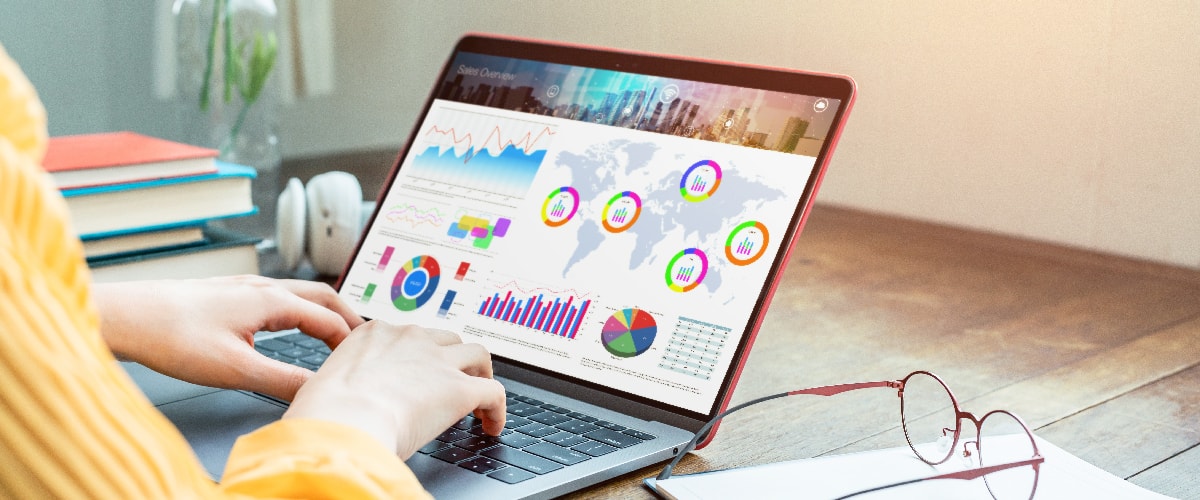 Web Content Viewer
Web Content Viewer
Software/Technology
Part Two: The Rising Role of Technology in the New Normal - Digital Marketing, WMS, Supply & Demand
As the U.S. and over 180 countries worldwide shut down due to SARS-CoV-2, the fast-spreading virus strain that causes COVID-19, many businesses were forced to immediately shift into survival mode, as a “non-essential” workforce in certain states either went on unemployment or, adopted to working from home (WFH). The arrival and fast spread of Covid-19 and the subsequent national shutdown hit our nation and the world in ways not seen in generations. The role of technology during this crisis will be studied substantially in the future and, no doubt, the technological leap caused by the COVID-19 pandemic will likely make 2020 the year that changed the trajectory of technological tools used for business, such as cloud computing, e-commerce, mobile, and remote work.
Part One: The Rising Role of Technology in the New Normal - Cloud, eBusiness, Mobile
2019 ended with soaring jobs growth and a strong finish on Wallstreet. Stocks were up, unemployment was down. Momentum was surging for many American workers and businesses alike, and U.S. growth was projected at a moderate pace. Even as reports of a mysterious virus circulating in Wuhan, China, reached our news outlets in January-February, few foresaw how coming events would very quickly define 2020 and, make history.
The Advancing Role of IoT in Retail
Internet of Things (IoT) devices, which create a network between internet-connected physical devices, are increasingly becoming adopted in the retail setting as a way to digitize the consumer shopping experience and streamline back-end operations. The global expansion of IoT technology in retail is expected to grow from 14.5 billion in 2020 to 35.5 billion by 2025. Despite widespread worldwide economic uncertainty in the wake of the spread of COVID-19, shipments of IoT devices have grown to 10% more in 2020 and reached 718 million units.
Increase Visibility in the Food Supply Chain with IoT and Inventory Management
In today’s connected world, consumers are more knowledgeable about what they’re consuming and buying on a daily basis. Consumers need to trust that the food they’re buying is safe to consume, and it’s the responsibility of food suppliers to protect the public against foodborne illnesses and follow FDA regulations. Despite efforts to improve food safety, foodborne illnesses and recalls are still a problem for many food and beverage suppliers. The COVID-19 pandemic has put an extra strain on food industry workers to take the necessary precautions and ensure food safety continues to be a top priority.
Technologies that are set to transform the supply chain in 2020
There is no doubt that the supply chain is growing at a rapid pace, with heightened customer demand impacting global fulfillment speeds and shortening shipment deadlines. In fact, two of the top challenges for manufacturers in 2020 will be the lack of supply chain collaboration and need for better supply chain visibility.
Key Trends for Retailers to Beat Competition in 2020
Technology advances in retail are an important contributing factor to a successful busy season. Retailers will also likely have to pivot their strategies to strengthen customer relationships and build brand loyalty through an online presence. Technologies such as predictive analytics and AI are helping companies collect and store useful data while predicting consumer habits, allowing brands to better connect with their consumers.
By using this site you agree to our Privacy Policy and our Terms of Use.
Navigation
What We Offer
120 Comac Street
Ronkonkoma, NY 11779
Ronkonkoma, NY 11779
VAI - Vormittag Associates, Inc. ©2024 |
Privacy Policy |
Terms Of Use





